We want to make sure girls can stay in school, improve their grades, and realise their academic potential. In the last decade there has been significant progress in reducing the gender gap at primary school, and now as many girls as boys attend primary school. Unfortunately this isn’t the case in secondary education. For every hundred boys in secondary school, there are only seventy-seven girls. One area where you can see the results of unequal access to schooling is the adult literacy rate; only 17% of women are literate, whereas 42% of men can read and write.
Girls and young women face many barriers to education. Low household incomes and cultural values that prioritise the education of boys mean that girls are the first to miss out on school when times are tight. Girls bear the burden of household chores and often lack motivation and positive role models. The school environment and teaching practices often do not cater to girls, meaning that school is not a welcoming environment. By directly addressing these issues we can help girls overcome the difficulties they face in getting an education.
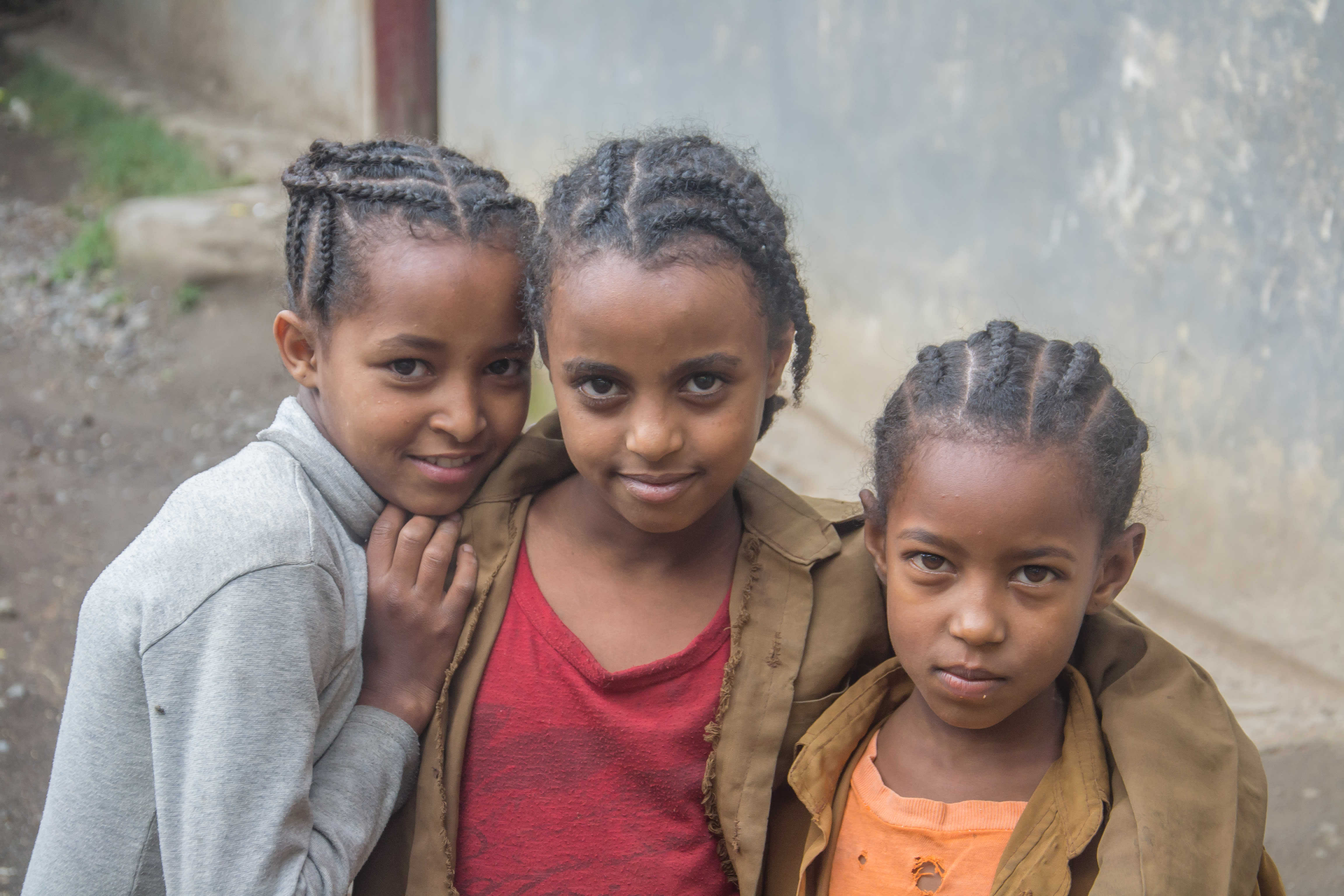
Barriers to Education
Poverty
The government provides schooling in Ethiopia, but there are still fees that families have to pay and materials they have to buy to provide for their children. It has been found that these direct costs become a major factor when families decide whether their children will continue their school career, and which of their children will get to continue. Unfortunately, it is usually the girls who have to cut their schooling short since there is a fear that whatever benefits they gain from schooling will not be put in use for their families, and instead become an asset to their future husband’s family instead.
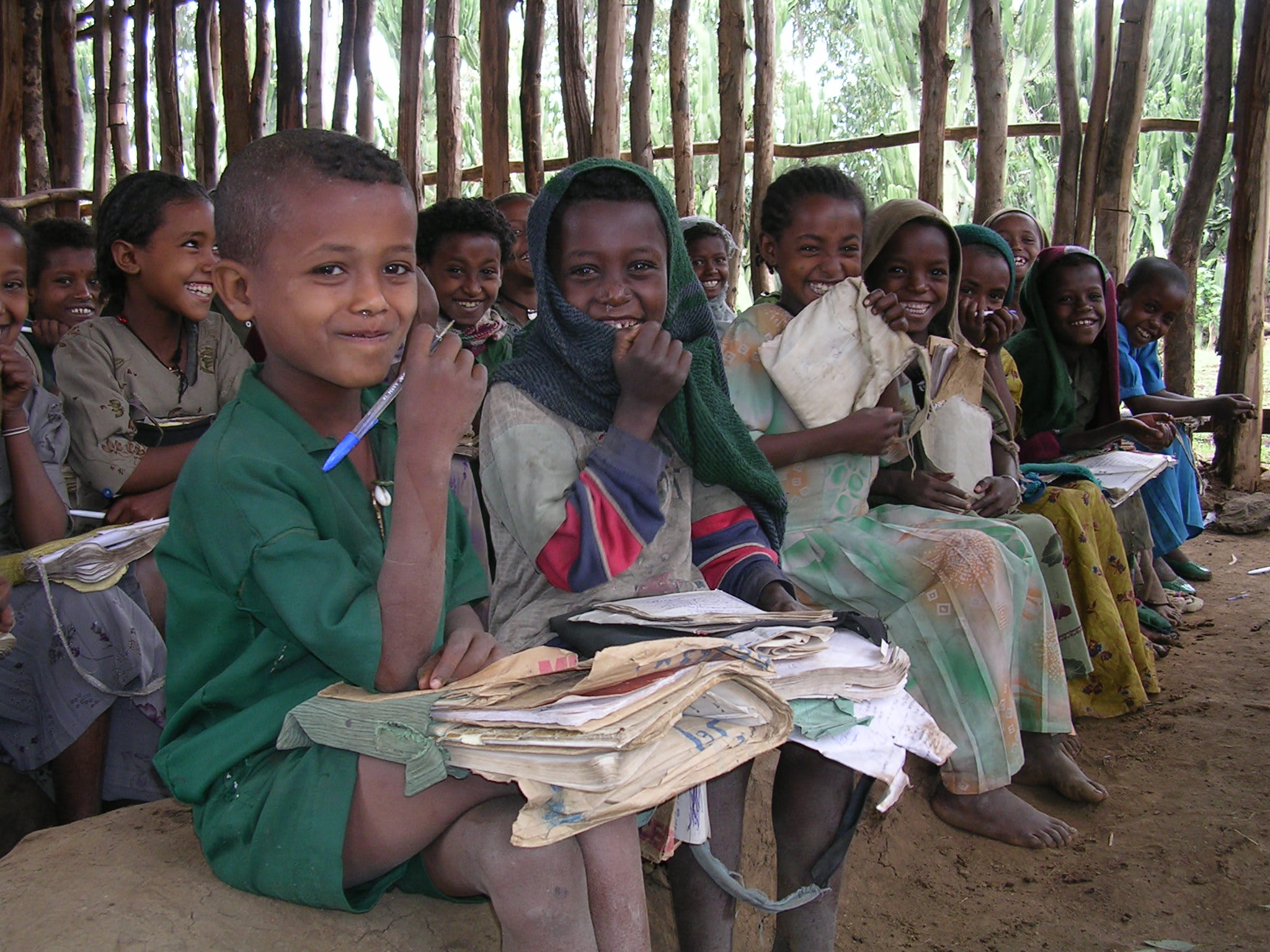
Supporting their Family
There are concerns when it comes to schooling, mainly those of lost labour. Loss of labour refers to the work children could be doing to help out at home, if not for them being at school. This includes household chores and earning money to support the family. While they are a concern, they are not a major issue as children are expected to fulfil their household chores regardless of whether or not they are in school. This tends to pose a problem for girls especially as they are usually tasked with a large amount of the household chores, which affects their study time and their energy levels at school.
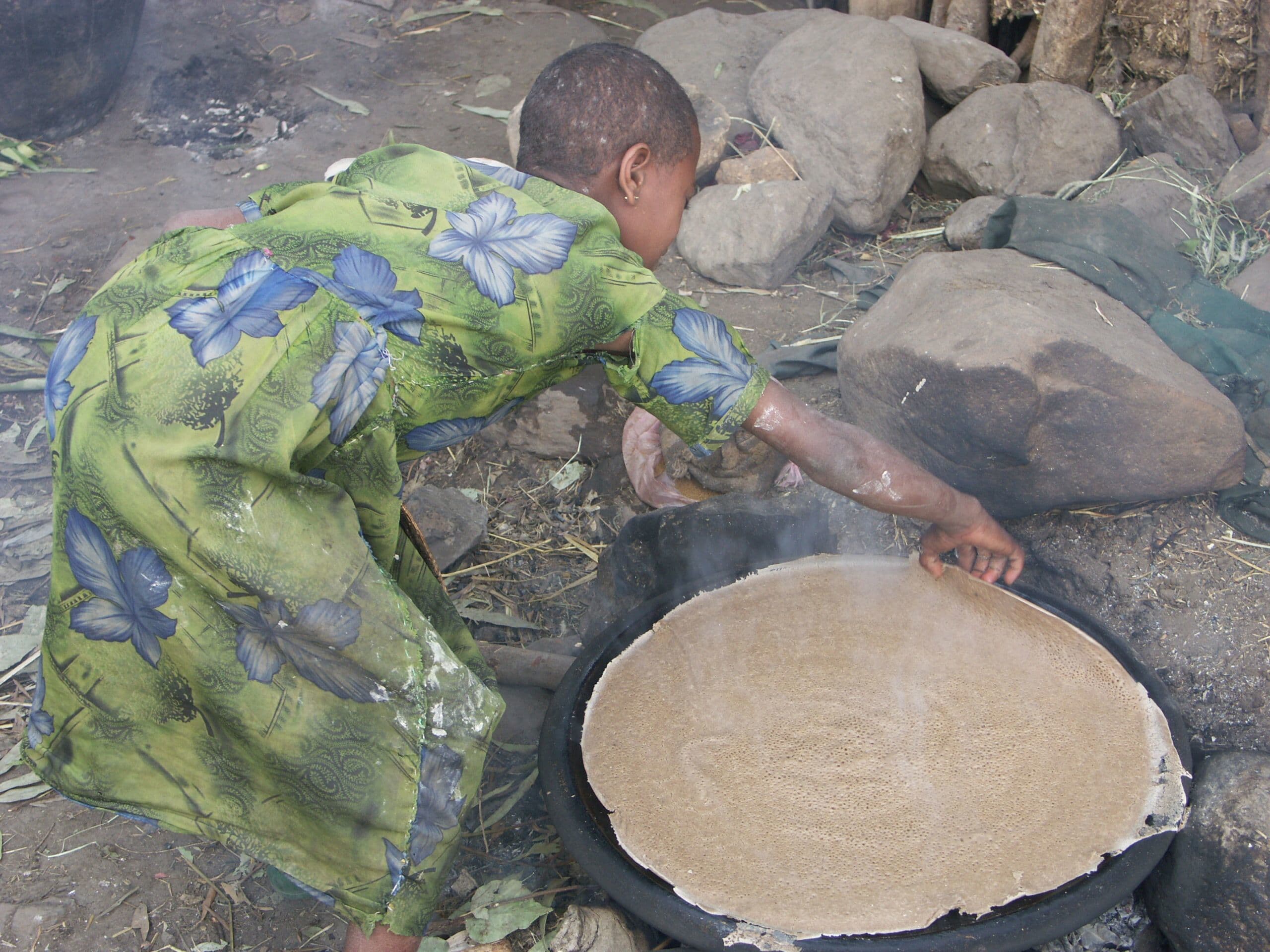
Early Marriage
A factor that occurs when girls hit puberty is they might get married. This possibility of marriage affects families’ decisions on whether or not to continue sending their daughters to school. As a wife moves into her husband’s family, any benefit derived from education is seen as an asset to the potential spouse’s family, which does not help to sway a family’s decision to keep their female children in school. Additionally, marriage itself can become a barrier to education. The earlier a girl is married, the less likely that she will be able to complete her current stage of education, or to continue on with her education to the fullest. When young women get married they often drop out of school in order to care for their house and start raising a family. There’s a clear link between education level and age of marriage1:
16
No Education
18
Primary Education
23
Secondary Education
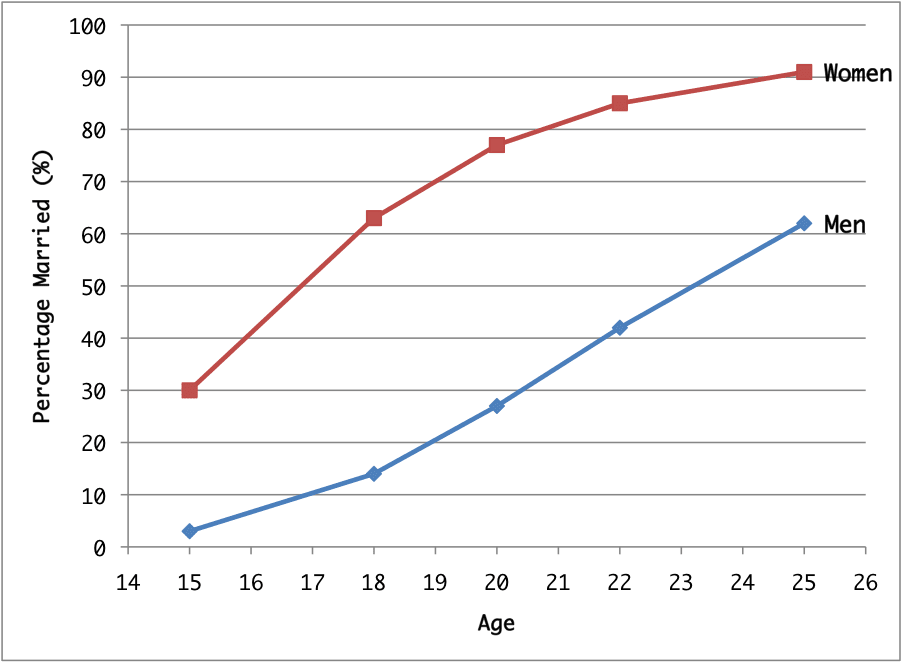
Distance
While girls in both urban and rural areas are as invested in their education, a number of factors can affect the education they receive. These factors include the distance of schools and the overcrowding of classrooms. Unfortunately, in more rural areas, there are not enough schools conveniently located for the communities. This becomes an even greater problem in the transition from primary school to secondary school. While a rural community may have a primary school, it is unlikely that they will also have a secondary school. This forces schoolchildren to walk long distances in order to go to school, which has a significant impact on their education. Part of the problem is that the distances required can lead to tardiness and lack of energy in students. Additionally, this problem of distance has a greater impact on girls because of safety concerns. Families are hesitant to send their young girls long distances on their own because of possible sexual harassment, rape, or even abduction. This then can lead to girls dropping out of school early on in order to avoid these problems of safety.
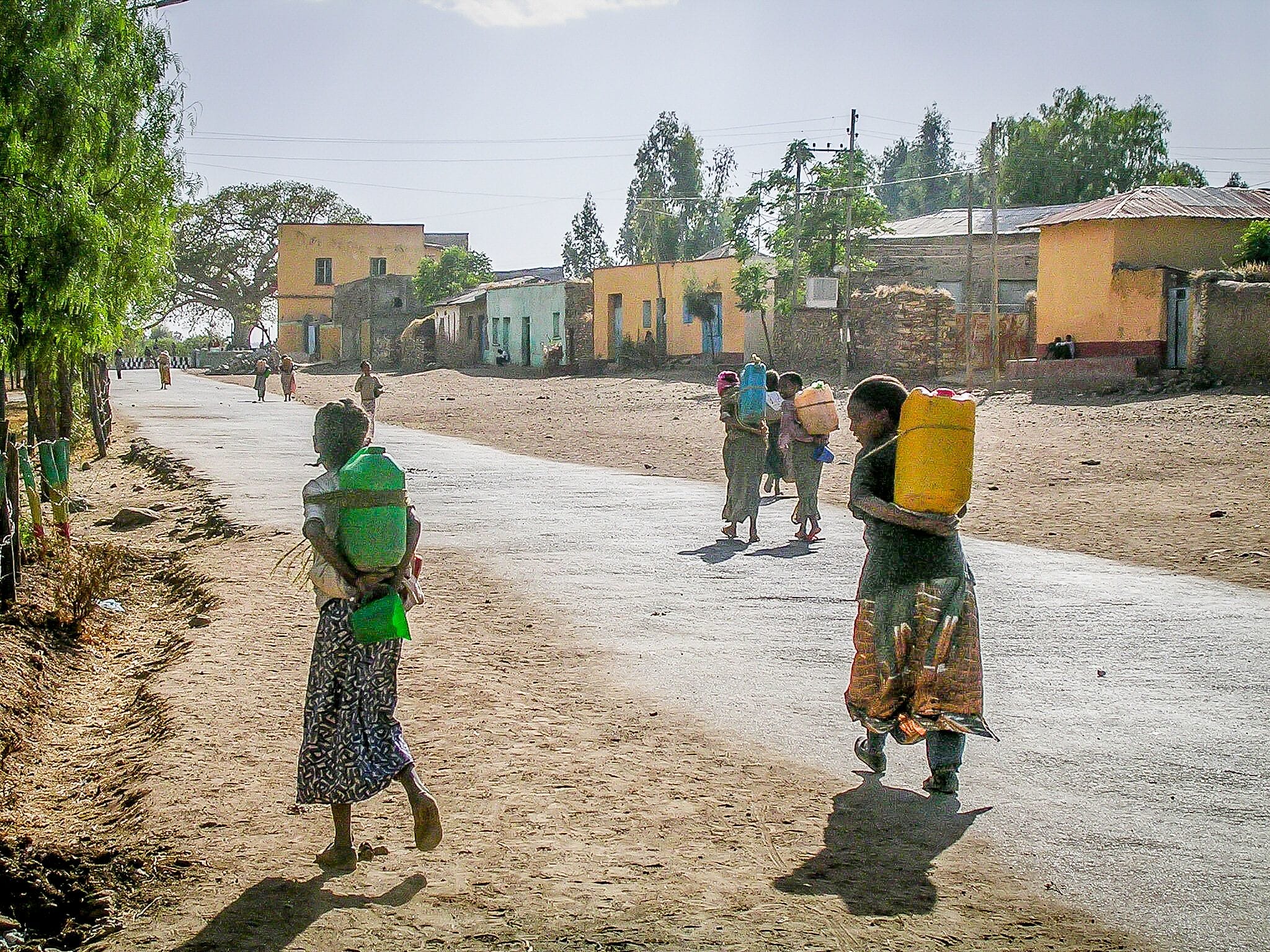
Adolescence
As might be evident, it becomes more difficult for girls to attend school once they start menstruating. One reason this occurs is that there is a lack of proper facilities for both boys and girls. And even when there are sanitation facilities, at times they are co-ed, which can still be uncomfortable for young girls to use when menstruating. (To find out more about our WaSH projects, please click here!) Another factor that becomes relevant at adolescence is that of marriage, as explained above.
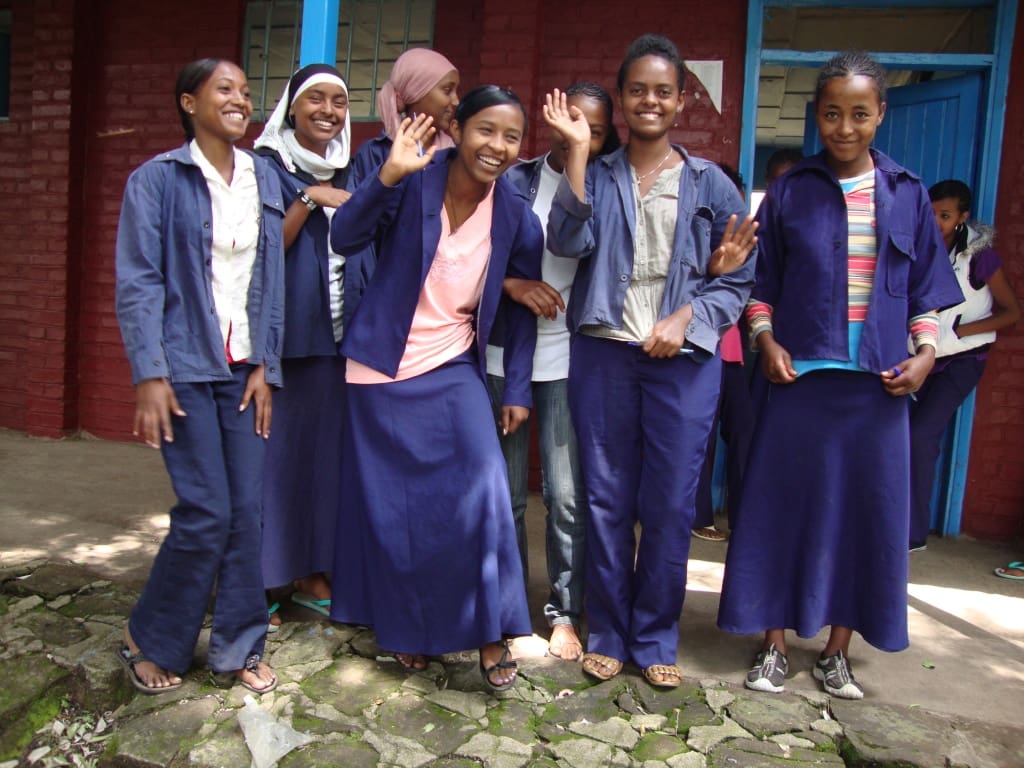
Classroom Attitudes
Even when girls get a chance to go to school, cultural views and overcrowding in classrooms can affect their education. Because teachers tend to promote traditional views, in which boys are given preference, girls can have less confidence in their abilities. Additionally, when classrooms are overcrowded, boys tend to do better since they are given the focus over girls.

Benefits of Girls’ Education
- An investment in girls’ education has been found to be a positive indicator of improvement in developing nations.
- Girls’ education leads to a host of social benefits, including: “more productive labour, better health, and slower population growth.” 2
- The number of children that women wish to have changes depending on her level of education1:
No Education





Primary Education




Secondary Education



- The return on girls’ education in terms of wages increases with additional years of education.
- In a forward looking sense, the increased education of girls who will be the next generation of mothers will lead to the increased education of those future children.
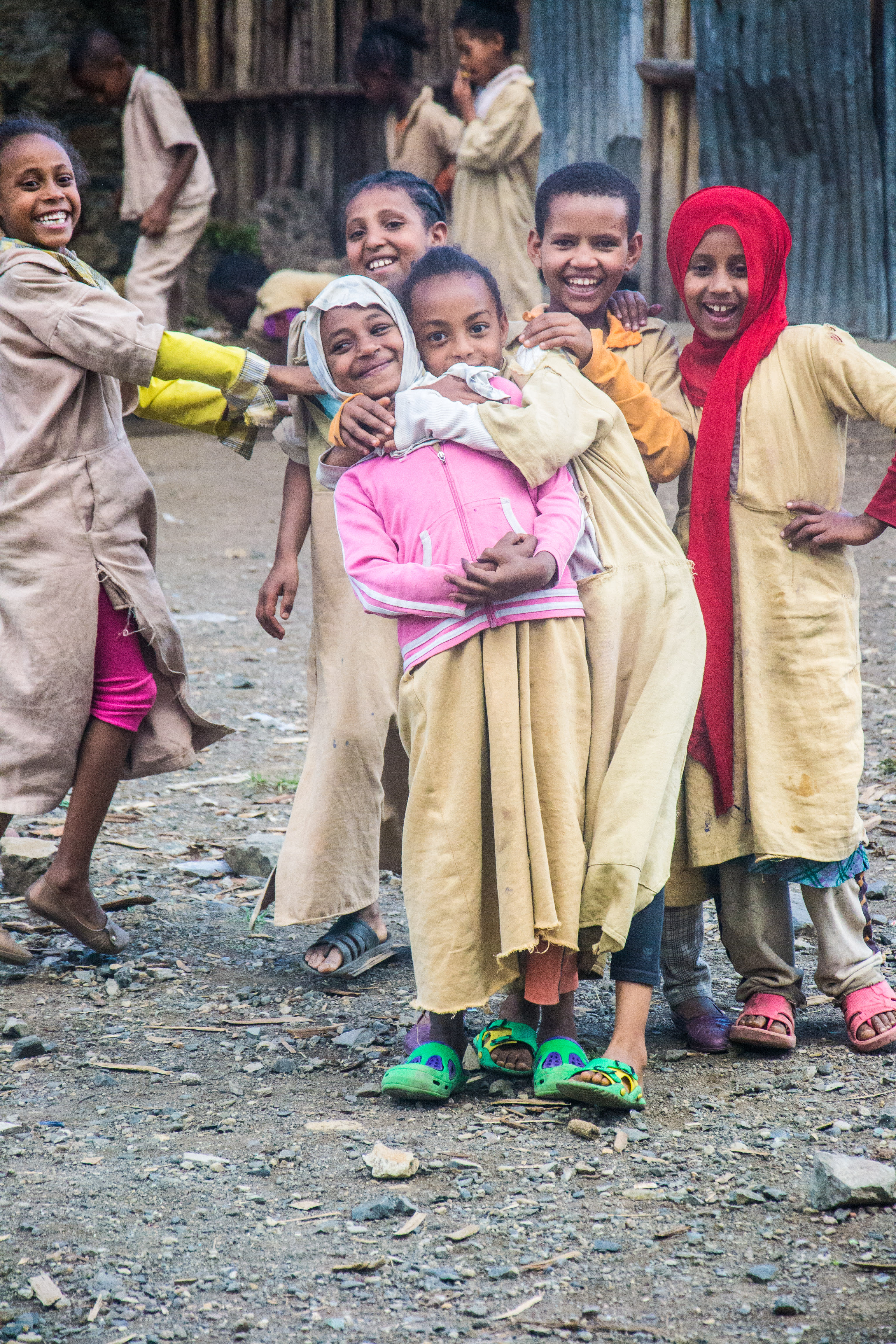
1“Ethiopia Demographic and Health Survey 2011”. Central Statistical Agency [Ethiopia] and ICF International. Addis Ababa, Ethiopia and Calverton, Maryland, USA: Central Statistical Agency and ICF International. 2012. p.64, 89.
2Nekatibeb, Teshome. “Low Participation of Female Students in Primary Education: A Case Study of Dropouts from the Amhara and Oromia Regional States in Ethiopia”. UNESCO International Institute for Capacity Building in Africa. May 2002. p.4.
Donate
If you would like to donate specifically to any of these projects then please click here and send an email to [email protected] to let us know that this is the project you want to support.
